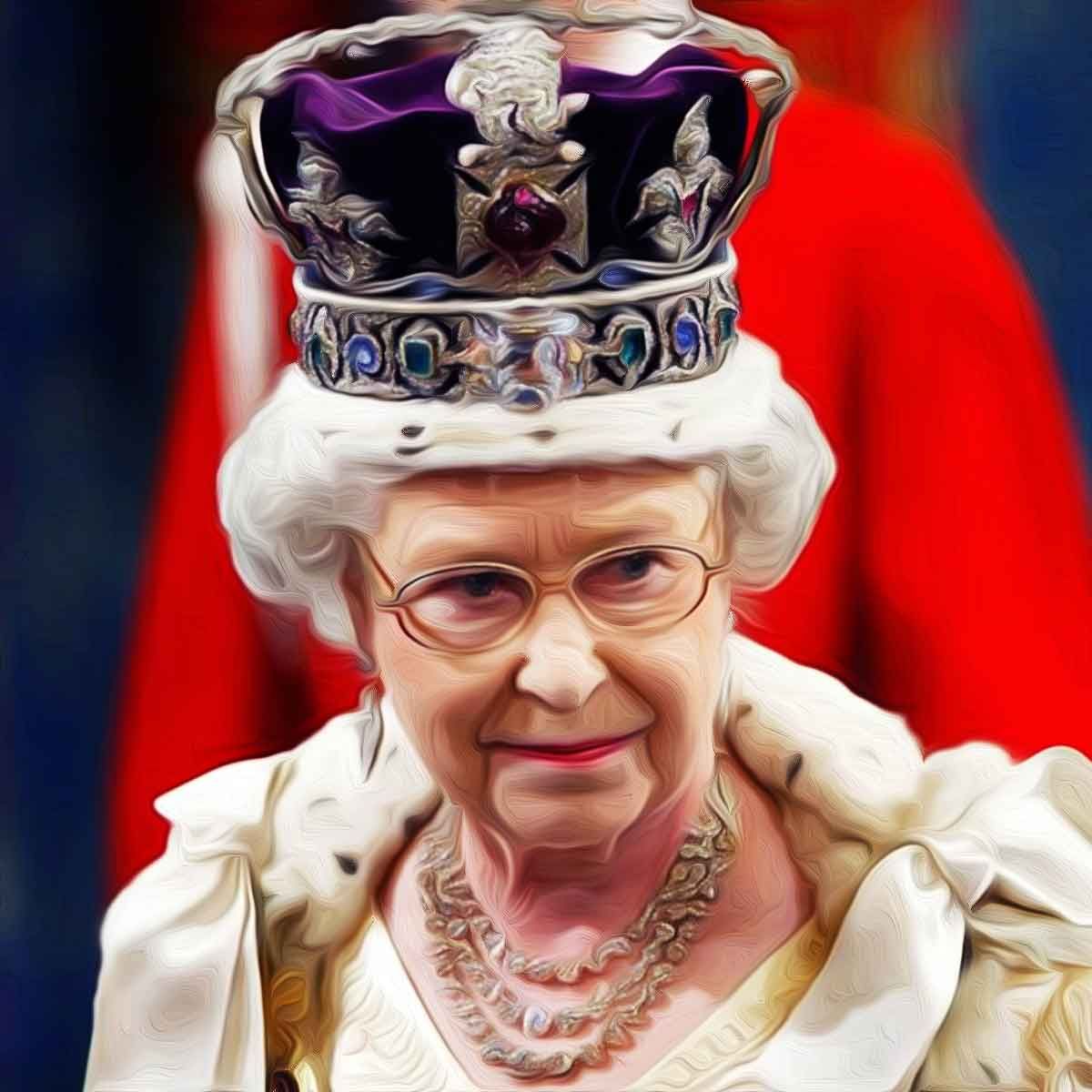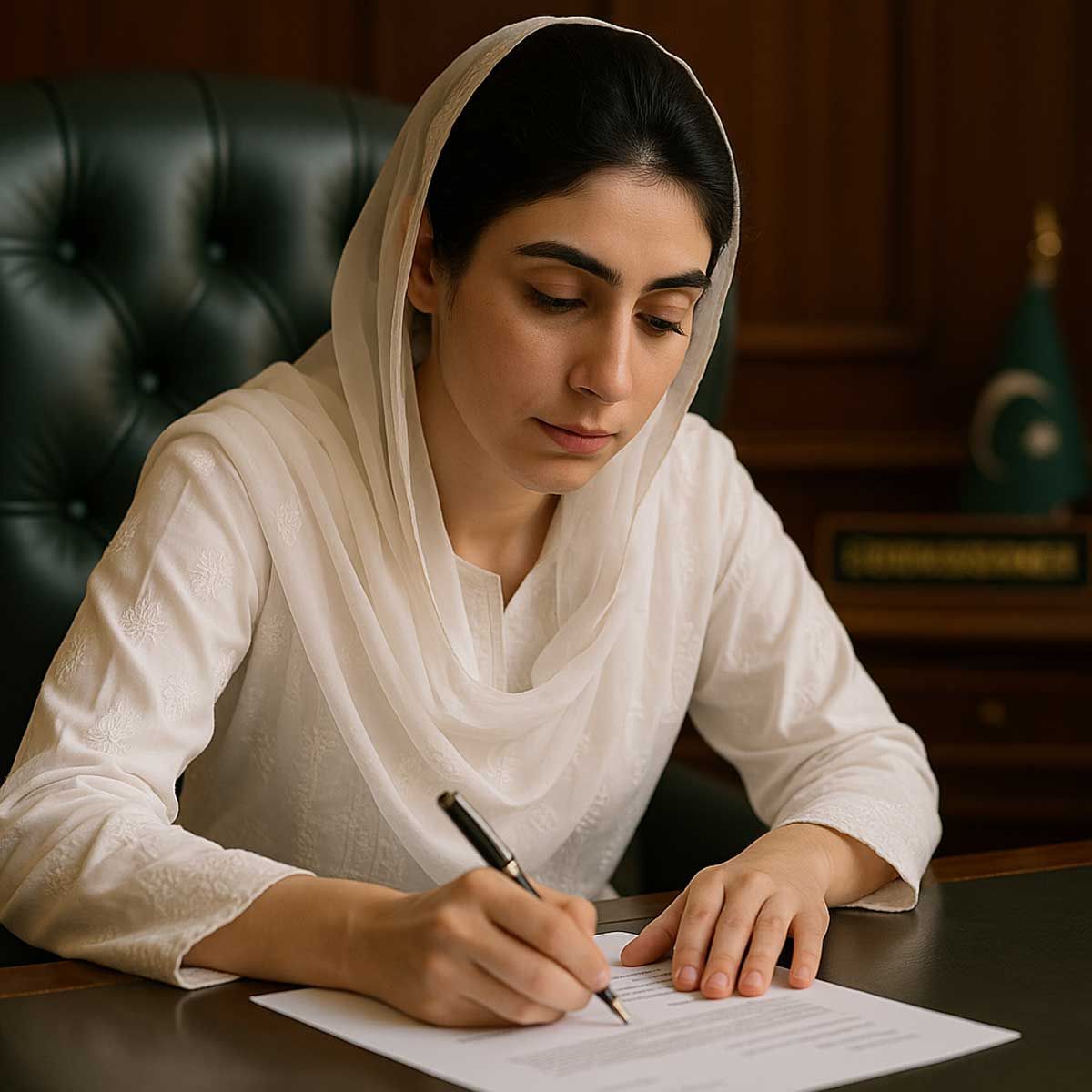Sanatan Articles
Satyaagrah
Written on
Satyaagrah
Written on
Satyaagrah
Written on
Satyaagrah
Written on
Satyaagrah
Written on
JOIN SATYAAGRAH SOCIAL MEDIA
‘The Koh-i- Noor’ or “Two and half days’ food of the entire world” as valued by Mughal Emperor Zahiruddin Muhammad Babur is one Gem in a history that is not known to have ever been bought or sold, it always changed hands as a result of conquest

According to N.B. Sen, the Kohi-i-Noor, the king of diamonds and the diamond of kings was found in the ancient mine of Kolar, situated on the right bank of the Krishna river in Karnataka. Others write that this famous diamond was either discovered about 5,000 years ago in the bed of the lower Godavari river, near Machlipatnam in Central India, or in the Golkunda mines in Andhra Pradesh or in the hills of Amaravati in Maharashtra.
The weight of this fabulous gem the ‘Koh-i-Noor’ in the Indian cutting was 186-1/16 of the old carats (191.10 metric carats), but after it had been re-cut in London in 1852 A.D. the weight was reduced to 108-1/3 metric carats. After re-cut, the Koh-i-Noor now weighed 108.93 carats, having lost 43 percent of its original weight.
The Mughal Emperor Zahiruddin Muhammad Babur (1526-1530 AD) valued this peerless diamond, ‘the Koh-i- Noor’, as “Two and half days’ food of the entire world”. But his son Nasiruddin Muhammad Humayun (1530-1556 AD) said, “Such precious gems cannot be obtained by purchases; either they fall to one by the arbitrament of the flashing sword, which is an expression of Divine Will, or else they came through the grace of mighty monarchs”.
When Maharaja Ranjit Singh (1799-1839) the Sikh Ruler of Punjab, asked the exiled Afghan King Shah Shuja-ul-Mulk of Afghanistan about the value of the Koh-i-Noor, he replied that its price was Sword I heavy stick I blows. He also added that its value is good fortune.
The Koh-i-Noor gem is not known to have ever been bought or sold. It always changed hands as a result of conquest. This magnificent and matchless diamond had passed from conqueror to conqueror as a symbol of power and glory and was regarded as the greatest treasure in India. Its value was beyond estimate. The history of this gem is linked with royalties of various countries and of various ages.
During its long journey, this wonder diamond of the world remained and travelled in four countries i.e. India, Persia, Afghanistan and England as mentioned in the sub-joined statement:
| India | Before 1526 A.D. | (The history is lost in obscurity) |
| 1526 to 1544 A.D. | (With Mughals) | |
| Persia | 1544 to 1547 A.D. | (With Persians) |
| Back to India | 1547 to 1656 A.D. | (With Shia Muslim Sultanates of Deccan) |
| 1656 to 1739 A.D. | (With Mughals) | |
| Back once again to Persia | 1739 to 1747 A.D. | (With Persians) |
| Afghanistan | 1747 to 1813 A.D. | (With Afghans) |
| Punjab | 1813 to 1849 A.D. | (With Sikhs) |
| England | 1849 to 1999 A.D. and after | (With British) |
This peerless jewel ‘the Koh-i-Noor’ remained in the possession of royal houses of Mughals for 101 years; Persians for 11 years; Nizam Shah Dynasty of Ahmednagar and Qutb Shahi Dynasty of Golkunda in Deccan (India) for 109 years; Afghans in Kandhar and Kabul for 66 years and the Sikhs (in Lahore) for 36 years. This diamond of unrivalled beauty and splendour is in the possession of the British for the last 150 years as the position stood up to 1999 A.D. Even after that, it is with the British.
From time to time the Koh-i-Noor gem emerged to lend sparkle to its proud possessors.
Period 1526 to 1544 A.D.
Zahiruddin Muhammad Babur defeated Ibrahim Lodi (1517-1526 AD) in the first battle of Panipat on April 20, 1526. Ibrahim Lodi and Raja Vikramaditya of Gwalior were slain on the battlefield. The family members of the late Raja, while trying to escape from the fort of Agra, were captured by the Mughal army. They were, however, permitted to leave by Prince Humayun. The family of the late Raja of Gwalior expressed their gratitude and made a voluntary offering of a mass of jewels and other precious objects to Humayun that including the ‘Koh-i-Noor’ diamond. There is a mention of this legendary gem in the Babur’s memoirs, ‘the Babarnama’, which reads as under:
“Apparently it weighs eight miskats. Humayun offered it to me as a “Peshkash” when I arrived at Agra (May 10, 1526) and I just gave it back to him as a present”. The historical evidence of the Koh-i-Noor gem started from the year 1526 A.D. The history is also silent as to how this gem fell into the hands of Rajas of Gwalior after the rule of Alaud-din Khilji.
After the death of Babur, Humayun was the proud possessor of the Koh-i-Noor diamond. Shershah Suri, the Sur King, defeated Humayun in the battle of the Ganges or Bilgram near Kanauj on May 17, 1540. From this time, Humayun had to lead the life of a wanderer for about 15 years from 1540 to 1555 A.D. He took refuge in Persia where he arrived in 1544 A.D. and was received by Shah Tehmasp of Iran cordially. The Mughal Emperor presented to the Shah, as a token of his gratitude, a number of precious objects including the Koh-i-Noor gem.
Period 1544 to 1547 A.D.
During this period, the Koh-i-Noor diamond remained in the possession of Shah Tehmasp of Iran.
Period 1547 to 1656 A.D.
The Shia Muslim Sultanates of Deccan, Ahmednagar, Golkunda and Bijapur, regarded the King of Persia as their religious Head. The rulers of these principalities: Burahan Nizam Shah (1508-1553 AD), Jamshid Qutb Shah (1543-1550 AD) of Golkunda and Ibrahim Adil Shah (1535-1557 AD) of Bijapur, were Shia Muslims and as such, they were always harassed by the Sunni Muslim Emperor of Delhi. Shah Tehmasp of Iran sent presents to Burhan Nizam Shah of Ahmednagar (Deccan), now in Maharashtra State, through his Ambassador Aqa Islam ‘Mehtar Jamal’ in 1547 A.D. which included the Koh-i-Noor gem. It is believed that this precious stone remained in the possession of the Nizam Shahi dynasty of Ahmednagar and the Qutb Shah dynasty of Golkunda in the Deccan for a period of 109 years from 1547 to 1656 A.D.
Period 1656 to 1739 A.D.
The Koh-i-Noor diamond fell into the hands of Mir Jumla, ex-Prime Minister of Sultan Abdulla Qutab Shah (Accession: 1611 A.D.) of Golkunda. The Sultan submitted to Prince Aurangzeb, the Governor of Deccan on April 13, 1656. Mir Jumla presented the Koh-i-Noor gem to the Mughal Emperor Shah Jahan (deposed A.D. 1658) in the hall of private audience, the Diwan-i-Khas on July 8, 1656. On this occasion, recounts Bernier, “that Mir Jumla presented Shah Jahan with that celebrated diamond which has been generally deemed unparalleled in size and beauty”. William Jessop, an agent of the East India Company at Surat, who was at that time present at Agra, remarked that “Mir Jumla, upon his arrival into the presence of the King, was courteously received by him, entertained and made Dewan. Emperor Shah Jahan was deposed on July 31, 1658 (N.S.) and succeeded by his third son Aurangzeb (1658 - 1707 A.D.), who became the proud possessor of this diamond. Jean Baptiste Tavernier had the chance of seeing and examining this peerless stone from Emperor Aurangzeb on November 2, 1665. After Aurangzeb, this diamond remained consigned into the coffers of the Mughal treasury from 1707 to 1739 A.D. Muhammad Shah Rangila (1719-1748 A.D.) used to carry this wonder diamond with him in his turban.
Period 1739 to 1747 A.D.
Nadir Shah, the ruler of Persia, invaded India; defeated the Mughal Emperor Muhammad Shah Rangila in the battle of Karnal and occupied the fort of Delhi on March 9, 1739. The Mughal King had to part with his crown jewels and other precious objects. But the coveted diamond was in the turban of the Emperor. Nadir Shah had definite information that the Mughal King used to wear this wonderful gem and carry it with him in his turban. Before his return journey to Persia, Nadir Shah exchanged turbans with the Mughal Emperor as a sign of friendship and fraternal ties in the Durbar Hall on May 1, 1739, and took possession of the Koh-i-Noor diamond, which is known in history as the ‘Turban Trick’. Nadir Shah returned to his country on May 5, 1739, and retained this diamond in his possession till his death in 1747 A.D.
Period 1747 to 1813 A.D.
Nadir Shah was assassinated by Muhammad Quli Khan and Salih Khan of the Persian army on June 8, 1747, at Fatehabad near Mashhad. Ahmad Shah Abdali (or Durrani), his Afghan General, rushed to the royal camp to see the dead body of his Master and before leaving the royal tent, he managed to remove the seal of Nadir Shah from his finger; took possession of the Koh-i-Noor diamond and other precious objects and saluted his dead body for the last time.
Ahmad Shah Durrani died on October 23, 1772, at the Village of Murgha in the Suleiman mountains. After his death, the Koh-i-Noor gem fell into the hands of Timur Shah, his son, who succeeded him. Timur Shah died on May 20, 1793, and this jewel passed to his son Zaman Shah who became the King of Afghanistan and eventually to Timur Shah’s youngest son Shah Shuja-ul-Mulk, who defeated his half-brother Mahmud and occupied the throne of Afghanistan on July 13, 1803. Mahmud defeated Shah Shuja at Kandhar in 1810 and at Akora in 1811 A.D. and made him prisoner and handed him over to Ata Muhammad Khan, the Governor of Kashmir. However, Shah Shuja had succeeded in sending his family to Punjab in November 1811, under the protection of Maharaja Ranjit Singh, the Sikh ruler of Punjab. The Koh-i-Noor gem was in the possession of Queen Wafa Begum, wife of Shah Shuja-ul- Mulk at Lahore.
Period 1813 to 1849 A.D.
At the request of Queen Wafa Begum, Maharaja Ranjit Singh secured the release of Shah Shuja-ul-Mulk, the ex-King of Afghanistan, from the prison of Ata Muhammad Khan, the Governor of Kashmir. The Shah was brought to Lahore by the Sikh Army where he joined his family. Both Shah Shuja-ul- Mulk and his wife Wafa Begum invited Maharaja Ranjit Singh to their residence at Lahore and handed over the Koh-i-Noor gem to the Sikh ruler on June 1, 1813. Maharaja Ranjit Singh died on June 27, 1839. This jewel devolved on his successors. Maharaja Kharak Singh ruled over the Sikh Kingdom of Punjab for 3 months and 11 days; Maharaja Naunihal Singh for one year and 27 days; Maharani Chand Kaur, widow of Maharaja Kharak Singh, for one month and 16 days; Maharaja Sher Singh for two years, eight months and twenty days; and Maharaja Duleep Singh for 5 years, 6 months and 14 days. All of them retained this diamond during their rule.
Period 1849 to 1999 A.D. and thereafter
The Sikh Kingdom of Punjab, also known as Sarkar Khalsa, was annexed and was merged with the British India dominions under the Treaty of Lahore dated March 29, 1849. Maharaja Duleep Singh was the last Indian sovereign to possess the Koh-i-Noor diamond. The eleven years old Maharaja was deposed; he was deprived of his Crown, Kingdom and fortune. He surrendered the Koh-i-Noor gem to the Queen of England as per the terms of the treaty. Dr Login was put in charge of the royal treasury, State Toshakhana (House of Gifts), on April 6, 1849, by Sir Henry Lawrence and he received the Koh-i-Noor diamond on behalf of the British Queen.
The Koh-i-Noor, another diamond called Daryanoor (Sea of Light), and the gem known as Timur’s Ruby, were all part of the treasure amassed by Maharaja Ranjit Singh in his Toshakhana in the Royal Fort (Shahi Qila), Lahore, and all the three passed into the hands of the British at the time of the annexation of Punjab. All the property of the Sikh State of Punjab, except the Koh-i-Noor, was confiscated. Earl (Marquees) of Dalhousie (1848-1856 AD), Governor-General of India, officially received the gem ‘the Koh-i-Noor’ from Dr Login under a proper receipt dated December 7, 1849, in the presence of the members of the Board of Administration, namely, H.M. Lawrence, C.G. Mansel, John Lawrence and Sir H.M. Elliot, Secretary to the Government of India. Thereafter, this diamond was put in the care of John Lawrence, who kept it with him for about six weeks. Lord Dalhousie himself took this gem from Lahore to Bombay for further transmission to England. The Koh-i-Noor left the shores of India on April 6, 1850, and on reaching London on July 2, 1850, it was handed over to the Board of Directors of the East India Company, Sir J.W. Logg, the Deputy Chairman of the East India Company presented the most glamorous gem, the Koh-i-Noor to Queen Victoria in a ceremony which took place on the afternoon of July 3, 1850, at Buckingham Palace, London, in the presence of Sir John Hobhouse.
According to Rani Sircar, the Kon-i-Noor, the Daryanoor and Timur’s Ruby were exhibited at the Great Exhibition held in London. In 1851 A.D. Timur’s Ruby was subsequently presented with other jewellery to Queen Victoria by the East India Company and set in a necklace with three other rubies which still forms part of the Crown Jewels of England. The Daryanoor jewel was sold after the Exhibition in 1852 A.D. to the late Nawab Sir Abdul Gunny of Dacca by the Government of India auctioneers, Messrs. Hamilton and Co. of Calcutta. Queen Victoria the Good (1837-1901 A.D.) was much gratified to receive many more gems belonging to the Sikh Kingdom. When the Directors of the East India Company went to the Queen on October 23, 1851, to present her with principal articles exhibited by the Company in the Great London Exhibition of 1851 A.D., she recorded in her ‘Journal’ dated October 23, 1851. thus: “The jewels are truly magnificent. They had also belonged to Ranjit Singh and had been found in the treasury of Lahore. The very large pearls, 224 in number strung in four rows are quite splendid and a very beautiful ornament. The one is the largest in the world, therefore, even more, remarkable than the Koh-i-Noor. I am very happy that the British Crown will possess these jewels for I shall certainly make them Crown jewels”.
The Koh-i-Noor is the brightest jewel in the British Crown (in three pieces) and has been worn by all the Queens of England since Queen Victoria. Interestingly, no King of England had ever worn this wonder jewel after Queen Victoria, although King Edward VII (1901-1910 AD), George V (1910-1936 AD), Edward VIII-1936 AD (abdicated), George VI (1936-1952 AD), had occupied the throne of England.
The Koh-i-Noor diamond is in the possession of the British Royalty since its acquisition by Queen Victoria in 1850 A.D. This coveted diamond that dazzled the world is now kept with other objects of the British Crown in a round display case in the basement of the “Jewel House” of the Tower of London.
References:
- N.B. Sen, Glorious History of Koh-i-Noor (The Brightest Jewel in the British Crown), New Book Society of India, Publisher, Post Box 250, New Delhi.
- S. Sen and Others, Unique Quintessence of General Studies, 12th Revised & Enlarged Edition, 1991, Unique Publishers, Lajpat Nagar, New Delhi.
- R.C. Majumdar and others, An Advanced History of India, Third Edition, Macmillan ST Martin’s Press, Bombay.
- Harbans Singh, The Encyclopaedia of Sikhism Volume II, Punjabi University, Patiala, 1996.
- Avtar Singh Gill, Maharaja and the Koh-i-Noor, Central Publishers, Ludhiana, Punjab, 1982.
- Iradi Amini, Koh-i-Noor, Lotus Collection, Roli Books Pvt. Ltd, 4, Ansari Road, NewDelhi.
- Encyclopaedia Americana, NewYork, Americana Corp: 1829-1953- Volume 9.
- S.C. Sarkar and K.K. Datta, Text Book of Modern Indian History, Third Edition, Allahabad; The Indian Press Ltd. 1937.
- Ganda Singh, Ahmad Shah Durrani, Asia Publishing House, London ( 1959).
- Michael Alexander and Sushila Anand, Queen Victoria’s Maharajah Duleep Singh (1838-1893), Vikas Publishing House Pvt. Ltd., Ansari Road, New Delhi-ll0002.
- Rani Sircar, Koh-i-Noor and Darya-Noor, the Tribune, May 11, 1996.
- Kanwarjit Singh Kang, Koh-i-Noor Story, the Sunday Tribune, March 18, 1979.
 Support Us
Support Us
Satyagraha was born from the heart of our land, with an undying aim to unveil the true essence of Bharat. It seeks to illuminate the hidden tales of our valiant freedom fighters and the rich chronicles that haven't yet sung their complete melody in the mainstream.
While platforms like NDTV and 'The Wire' effortlessly garner funds under the banner of safeguarding democracy, we at Satyagraha walk a different path. Our strength and resonance come from you. In this journey to weave a stronger Bharat, every little contribution amplifies our voice. Let's come together, contribute as you can, and champion the true spirit of our nation.
 |  |  |
| ICICI Bank of Satyaagrah | Razorpay Bank of Satyaagrah | PayPal Bank of Satyaagrah - For International Payments |
If all above doesn't work, then try the LINK below:
Please share the article on other platforms
DISCLAIMER: The author is solely responsible for the views expressed in this article. The author carries the responsibility for citing and/or licensing of images utilized within the text. The website also frequently uses non-commercial images for representational purposes only in line with the article. We are not responsible for the authenticity of such images. If some images have a copyright issue, we request the person/entity to contact us at satyaagrahindia@gmail.com and we will take the necessary actions to resolve the issue.
Related Articles
- Plea for a Perspective: The Story of Islamic Imperialism in India
- The Residue of Christianism - Hindu Society Under Siege
- With Lord Mountbatten & Edwina's 'bed-hopping' marriage - gay brothels and affair with PM, British historian Andrew Lownie reveals it all
- 'Muh me ram bagal me chhuri' - Gandhi’s politics is hollow and noisy, full of treachery and deceit’: Read what Dr. Ambedkar said about the ‘Mahatma’
- A Great man Beyond Criticism - Martyrdom of Shaheed Bhagat Singh (Some Hidden Facts)
- Lets take a new year resolution together to liberate Bharatiya history from the paws of colonial effect
- Kashi symbolizes the unshakeable plasticity and unity of Hindus - presence of Padmesvara stones and Padmesvara inscription in the Lal Darwaza mosque, attests further that Kashi’s Islamic monuments are built on temple remains
- Our first true war of independence lie forgotten within the fog of time and tomes of propaganda: Sanyasi Rebellion, when "renouncers of the material world" lead peasants in revolt against British and fundamentalist islamic clans
- Freedom struggle of Gurjars against Britishers at Koonja in 1824: 100s of Gurjars Martyred and 100s Hung in Single Tree
- 16 year old freedom fighter Shivdevi Tomar, who killed 17 Britishers and wounded many
- "भूले तो नहीं": In 1860, the ship Truro & Belvedere brought 680 Indian indentured laborers to South Africa, beginning a journey of hardship that has since evolved into a thriving Indian community deeply embedded in South Africa's culture and history today
- Gandhi was created as 'Mahatma' by British Order in a pre-independence Bharat on 2 Sept 1938 - A 'made to order' Mahatma, a Pied Piper for the Hindus
- Afzal Khan, the tyrant and staunch enemy of Shivaji Maharaj is glorified on Pratapgad fort of Chhatrapati, despite court orders to demolish the illegal tomb Maharashtra govt continues to protect it: Maulavis ask visitors to pay respects to the shrine
- Northeast is not the Part of Pakistan because of 'Netaji': Subhas Bose and the ‘special’ case of Assam
- To be on the wrong side of history is a choice – How 21st-century invaders are capturing Chhatrapati Shivaji’s forts the way even Mughals didn’t and attempting to reclaim an invader identity unapologetically





















